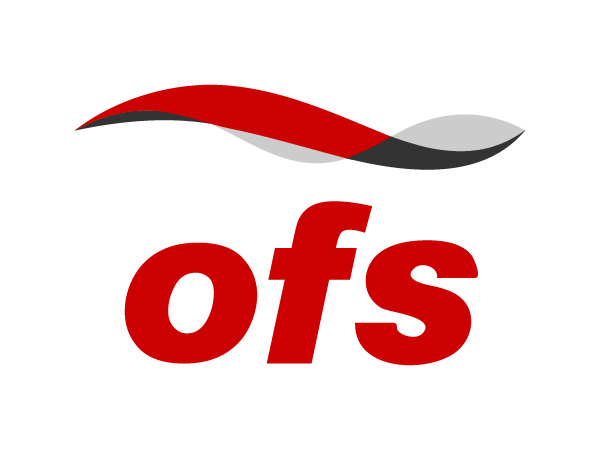Fiber to the Home Growth Keeps Exploding
Leave a Comment The growth in Fiber to the Home (FTTH) just keeps exploding. In fact, for the first time ever, optical fiber passed DSL in home usage during 2018. Fiber is now the second most-frequent connection for North American home Internet.
The growth in Fiber to the Home (FTTH) just keeps exploding. In fact, for the first time ever, optical fiber passed DSL in home usage during 2018. Fiber is now the second most-frequent connection for North American home Internet.
And FTTH is also the second most-often-used, fixed broadband connection medium in North America. A newly-issued report from the Fiber Broadband Association (FBA) and RVA, LLC featured these statistics.
Fiber Passes xDSL
As of September 2018, the report found that all-fiber access networks surpassed xDSL connections. Almost 60 million homes were FTTH service capable and 23.8 million homes were already connected. These totals represent an increase of 22% from 2017 in terms of “homes marketed.” According to RVA, “homes marketed” depicts market potential more meaningfully than “homes passed” by fiber.
Unsurprisingly, 40.8 million of these homes are in the United States. Another 5.6 million homes are in Canada, 13.1 million in Mexico and 350,000 in the Caribbean.
In terms of the United States, new homes marketed hit a record high of 5.9 million in 2018. Of the 40.8 million homes marketed, the report calls 39.2 million “unique.” This term refers to homes that do not have more than one all-fiber operator seeking their business. Overall. FTTH connects 18.4 million homes in the U.S. Tier 1 telco operators account for 72.6% of these connections. Tier 2 and 3 operators handle 10.3%, and cable operators account for 5.5% of U.S. FTTH connections.
Canada Picks up the Pace
Canadian operators may be rolling out optical fiber faster than U.S. companies, at least in terms of homes marketed compared to total homes. However, FTTH still has a way to go to threaten hybrid fiber/coax (HFC). HFC still delivers slightly more than 50% of broadband connections in North America and FTTH provides not quite 25%.
Fiber is on Fire
According to Lisa R. Youngers, president and CEO of FBA, “The fiber industry is on fire. Fiber holds the key for next-generation connectivity, from 5G to smart cities to the Internet of Things (IOT). This research and analysis helps keep the industry, consumers and policymakers informed about FBA’s progress toward a better-connected future.”

